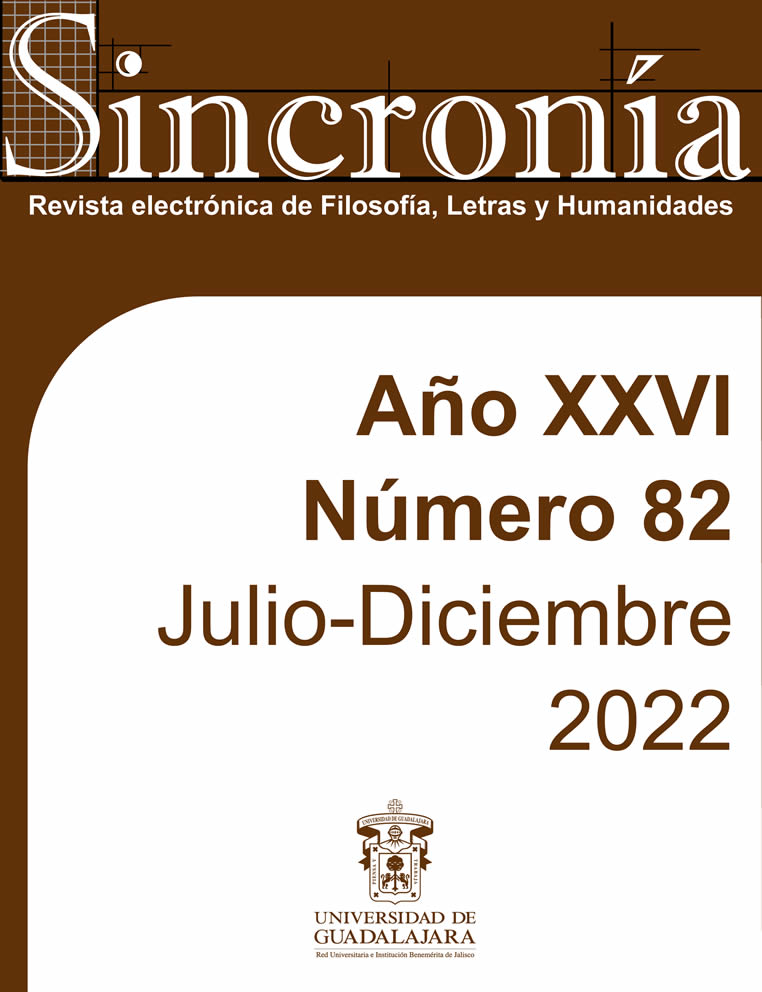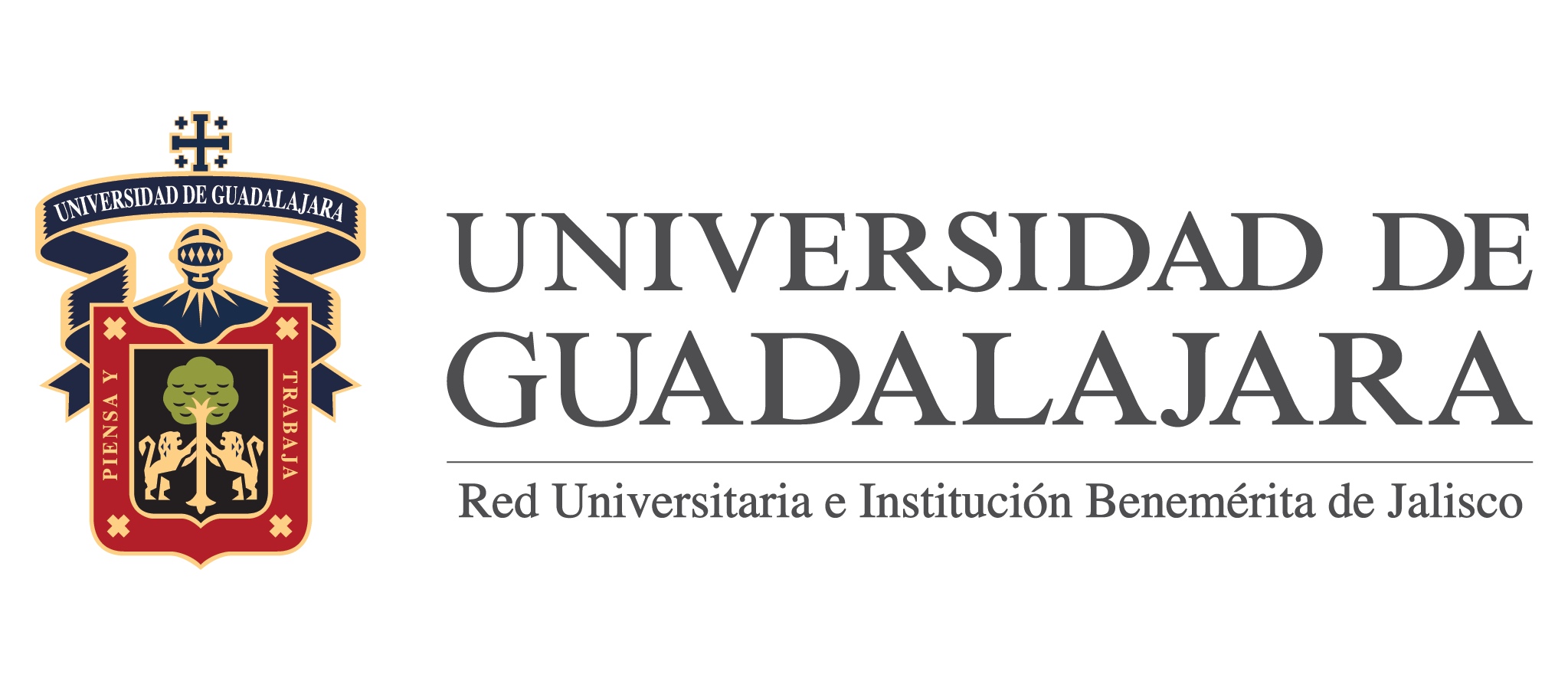Teaching, didactics and bioethical principles for theaching of philosophy.
Keywords:
Principles bioethical, Teaching, Didactics, Teaching of philosohpyAbstract
The objective of this article is to contribute to the reflections on teaching, didactics and the teaching
of philosophy, from a bioethical perspective. In this way, the central idea of this text is articulated
through four sections; In the first place, a series of notes are integrated around the notion of teaching, meaning situated as active-activity in a model of education centered on the teacher. In a
second moment of our exposition, we will place didactics as a passive-activity within classroom life
centered on the student as a mere receiver; thereby allowing us to think of the teaching of
philosophy as well as a dialectical practice of a dialogical nature, as framed in bioethical principles.
The foregoing is due to a genuine concern to rethink the teaching of philosophy beyond a mere
training activity, but as a series of commitments that install us in a properly human activity and to
which there is always to return, with new and provocative questions. and positions. In this sense, the
bioethical framework will allow us to interweave, in a multidisciplinary way, the human being in
violence against himself to include in the ethical reflection of his way of relating to the environment.
Downloads
Downloads
Published
How to Cite
Issue
Section
License
Copyright (c) 2022 Diana Lizbeth Ruiz-Rincón

This work is licensed under a Creative Commons Attribution-NonCommercial 4.0 International License.
You are free to:
- Share — copy and redistribute the material in any medium or format
- Adapt — remix, transform, and build upon the material
- The licensor cannot revoke these freedoms as long as you follow the license terms.
Under the following terms:
- Attribution — You must give appropriate credit , provide a link to the license, and indicate if changes were made . You may do so in any reasonable manner, but not in any way that suggests the licensor endorses you or your use.
- NonCommercial — You may not use the material for commercial purposes .
- No additional restrictions — You may not apply legal terms or technological measures that legally restrict others from doing anything the license permits.




























